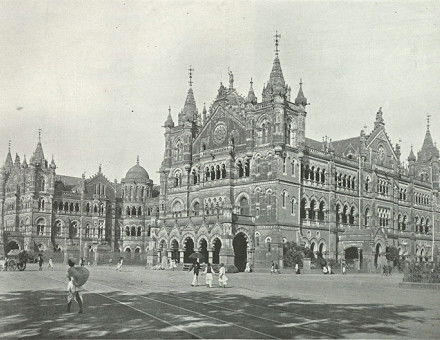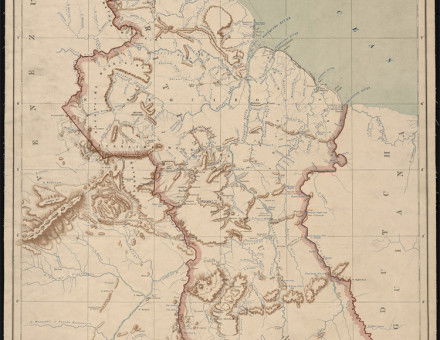Gandhi and the Christian Imperialists
'In my Father's house there are many mansions'... but whether or not they could accommodate Gandhi and Hindu nationalist aspirations was a question that exercised British theologians and Christian politicians between the wars. Gerald Studdert-Kennedy charts the relationship between them and the apostle of non-violence against the British Raj.





